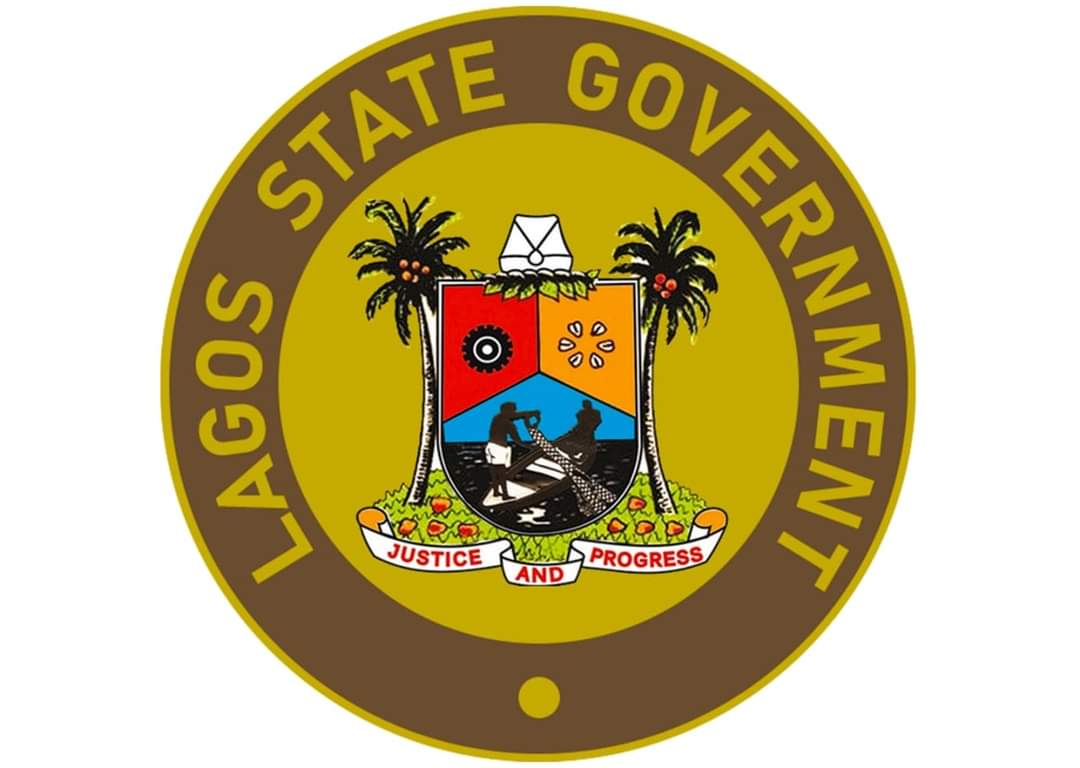The Lagos State Government has announced its intention to integrate estate lakes, canals, and pumps into a unified flood management system over the next two years, aiming to reduce flooding throughout the city.
Tokunbo Wahab, the Commissioner for Environment and Water Resources in Lagos State, conveyed this information through his official Twitter account, highlighting that the initiative focuses on areas most susceptible to tide-related flooding.
“Next steps (6–24 months):
“Build a Lekki Blue-Green Network linking estate lakes, canals, and green corridors to store and slowly release water.
“Install flap gates and pilot pumps at the most tide-sensitive outfalls.
“Intensify enforcement of canal rights-of-way, building on channel restoration already achieved,” the post read in part.
This plan will establish a Blue-Green Network that connects estate lakes, canals, and green corridors to temporarily hold and slowly release rainwater, thereby preventing the drainage systems from becoming overloaded during heavy rains.

The medium-term strategy will also involve the installation of flap gates and pilot pumps at outfalls sensitive to tides, as well as strengthening enforcement of canal rights-of-way, building on the canal restoration efforts already completed.
Wahab pointed out that several actions are already being implemented from 2023 to 2025. He mentioned that maintenance activities have been carried out on approximately 579 km of secondary collectors across 693 locations, in addition to 309 km of primary channels.
Rapid-response teams from the Emergency Flood Action Group (EFAG) have cleared around 444 km of drainage systems, and 40.3 km of blocked channels have been restored.
Moreover, the construction of 218 new channels has been awarded, which will add about 1,500 km when finished. Pumps are being installed where necessary, and proactive measures, such as daily forecasts and water-level monitoring, have been implemented.
In the short term, Wahab indicated that the government is enhancing the clearance of silt and debris at known trouble spots. Debris screens are being placed on culverts to avoid blockages. The state is also testing estate lakes and on-site detention systems to hold surplus water during heavy rainfall events.


 Trending
Trending 





